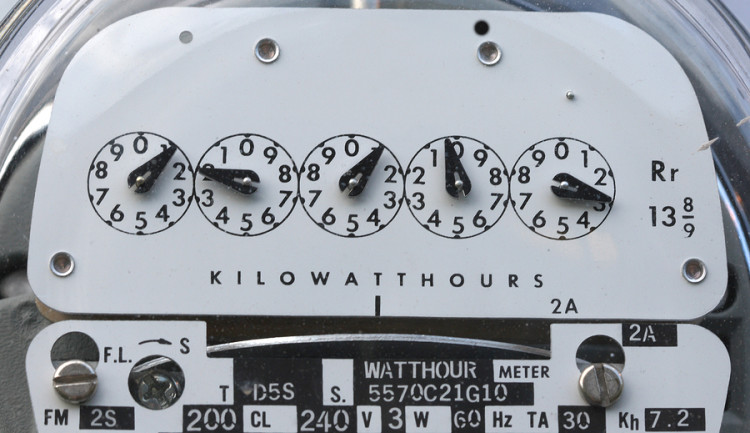More Cash in Your Pocket as U.S. Power Costs at Record Low

published Feb 15, 2018, 9:13:09 AM, by Jim Efstathiou Jr.
(Bloomberg) —
Americas are spending the least of their paychecks on electricity in at least 58 years as gains in energy efficiency leave more for food, vacations and gadgets.
Consumer spending on electricity fell to 1.3 percent of personal consumption in 2017, the lowest in records dating to 1959, according to a report Thursday from Bloomberg New Energy Finance and the Business Council for Sustainable Energy. That’s down from a peak of 2.3 percent in 1982.
The savings come amid a modest increase in retail power prices last year and higher spending on gasoline and other motor fuels. Spending on natural gas rose slightly last year to 0.4 percent of personal consumption, down from 1.3 percent in 1983.
The entire U.S. economy is becoming more energy efficient as a long-term shift away from manufacturing means the same amount of energy is now delivering more to GDP.
“More efficient devices mean that less energy is consumed and that helps as well to drive down the usage over the long term,” said Rachel Luo, a Bloomberg New Energy Finance analyst who contributed to the report.
As renewables scale up, the emissions blamed for global warming have gone down. Greenhouse gas emissions fell 1.4 percent in 2017 to the lowest since 1991. Power-sector pollution is 28 percent below the 2005 peak, putting the U.S. 4 percentage points away from targets in the Clean Power Plan, a policy enacted under President Barack Obama that President Donald Trump is working to repeal.
And while Trump also withdrew from the Paris Agreement, emissions cuts in power production have helped bring the U.S. halfway to its goal under the accord.
“All this has happened during a year of change for sustainable energy policy, which in many ways has been challenging,” Luo said Thursday in Washington at a briefing on the report.
Meanwhile, power prices in the U.S. were the second-lowest among seven countries analyzed in the report, with Canada sporting cheaper electricity.
When it comes to power prices, not all states are equal. Residential users in Hawaii paid 27.5 cents per kilowatt hour for electricity in 2016, the highest in the U.S. and more than twice the national average, according to the U.S. Energy Information Administration. Louisiana enjoyed the lowest rates at 9.3 cents per kilowatt hour.
The report also found:
Renewable energy rose to 18 percent of the electricity mix in 2017, up from 15 percent the prior year. There were 18.4 gigawatts of renewable energy added in 2017, compared with a record 22.7 gigawatts in 2016. Gas generation fell by 8.1 percent bringing its total share of the electricity mix down to 32 percent from 34 percent. Natural gas remained the top producer of U.S. power.
To contact the reporter on this story: Jim Efstathiou Jr. in New York at jefstathiou@bloomberg.net To contact the editors responsible for this story: Lynn Doan at ldoan6@bloomberg.net Will Wade, Joe Richter
COPYRIGHT
© 2018 Bloomberg L.P



No Comment